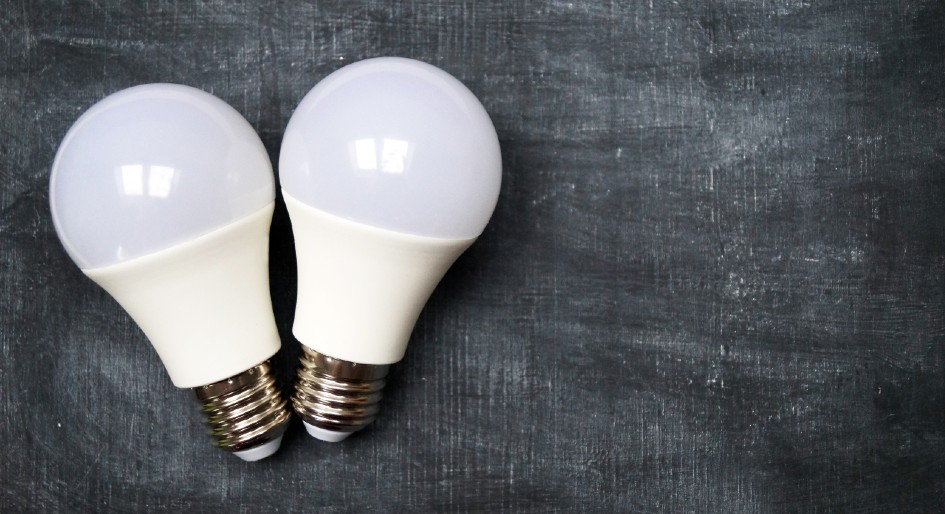LED lightbulbs offer considerable advantages over other types of lighting, but questions linger over suspected links between health concerns such as fatigue, mood disorders, and insomnia from overexposure to the blue-tinted light produced by standard LED bulbs.
A University of Houston research team led by Jakoah Brgoch, associate professor of chemistry in the College of Natural Sciences and Mathematics and principal investigator in the Texas Center for Superconductivity, is developing a LED bulb that emits most of its energy from the safer violet segment of the visible light spectrum.
Instead of just masking the blue light, they are developing a unique class of luminescent materials called phosphors that absorb a violet LED’s single-colour emission and convert the light to cover the majority of the visible spectrum.
“Our group is creating phosphors that operate, not with the conventional blue LED chip that nearly every LED light bulb uses today, but with a violet LED chip. This basically moves away from blue to violet as the base source and then converts the violet LED light into the broad-spectrum white light that we see,” Brgoch explained in a news release. “Our ultimate goal is for this new violet-based bulb to be as energy efficient as possible and also cheap, eventually making new lighting technology marketable to consumers.”
Results of their research were recently published in ACS Applied Materials and Interfaces, a journal of the American Chemical Society.
According to the research team, lamp light looks white because your eyes and brain work together to blend human perception of those separate bands of colour into a white light that may at this moment be illuminating the words you read. Different types of lightbulbs emphasize different parts of the visible spectrum of light.
Engineers at lighting companies manipulate the balance to create a specific ambiance. A little more red yields a warm, mellow white light that is nice in a living room, while cool blue tones give off crisp white light better for office lighting. But outside the laboratory, the LEDs’ tendency toward blue has been hard to avoid.
“Sometimes you recognize it – those are the cheapest LED lightbulbs,” the professor explained. “And then sometimes it looks like a nice warm white light. But even in the most expensive lightbulbs, if it’s based on a blue LED, there is still a significant component of blue light sneaking through.”
Lately scientists have been focusing on how light frequencies affect health.
“With the advent of LED lighting, companies have started trying to understand how humans interact with light and, more importantly, how light interacts with humans,” Brgoch said. “As you sit in your office, the blue hues in your light are a great thing because they help you stay alert. But that same light at night might keep you awake. This is the balance you have to strike. It’s about following a natural circadian cycle without disruption.”
Sleep studies reveal that nighttime overexposure to blue frequencies can alter hormones like melatonin, sometimes leading to insomnia, disturbed sleep cycles, and other problems. Too much blue-light exposure also is suspected in cataract formation. Urban dwellers living amid LED-based street lights, traffic lights, and lighted commercial signs are exposed to more day-and-night LED exposure than suburbanites.
“That’s not to say we should just remove all the blue light from your lightbulbs,” said graduate research assistant Shruti Hariyani, an author of the paper. “You need some of the blue spectrum. It’s not about eliminating the blue, it’s about keeping it to a reasonable level. That’s what we’re seeking with our work.”





